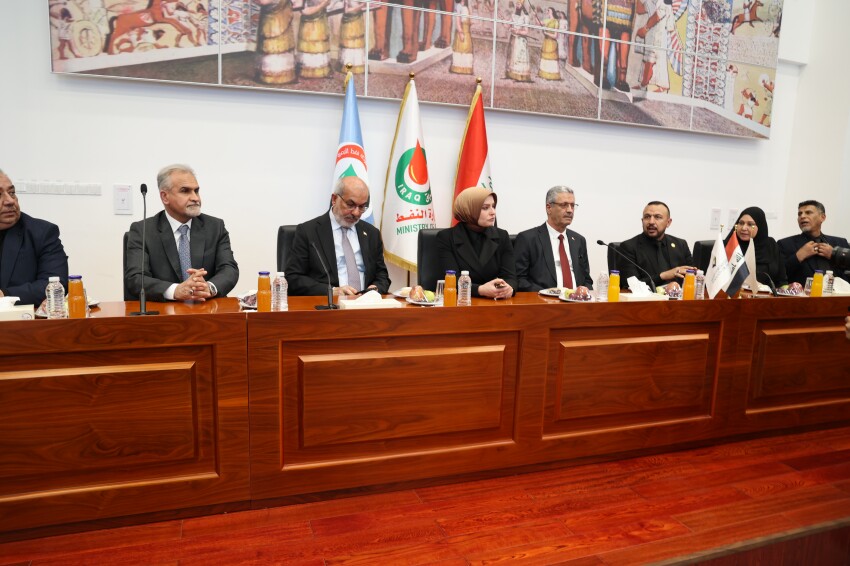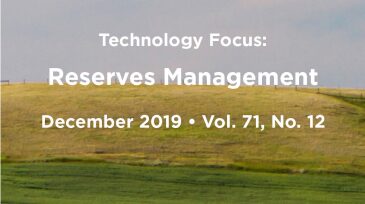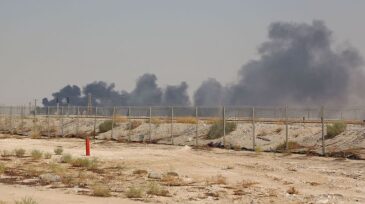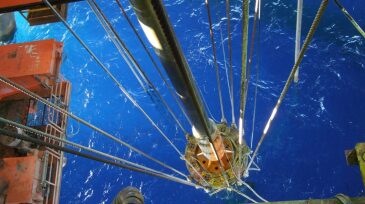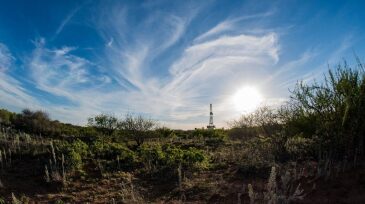Petroleum reserves
ExxonMobil joins BP, Chevron, and TotalEnergies in greenlighting new investment projects in Iraq in 2025 as the government targets oil production of 6 million B/D by 2029.
The number of high-impact wells drilled across the globe this year are expected to be on trend with the most recent 5-year average.
The operator’s deepwater discovery in the Gulf of Mexico is potentially commercial, and government analysis indicates the gulf holds 1.3 billion BOE more reserves than estimated.
-
Current efforts demonstrate that industry is undertaking responsible scientific, social, and environmental management.
-
This paper presents a methodology that provides the upstream industry with a robust approach to petroleum inventory management.
-
Tensions in the region spike as US blames Iran.
-
Operator Talos Energy now believes Zama’s gross recoverable resource lies in the upper half of its pre-appraisal estimate of 400–800 million BOE. The consortium is working toward a 2020 final investment decision on the project.
-
Ranking places US ahead of Saudi Arabia and Russia.
-
The state-run offshore company has found a gas and condensate field that holds an estimated 250 million BOE.
-
Production and proved reserves in the Permian Basin’s Wolfcamp Shale and Bone Spring Formation are reaching new heights, and a new assessment from the US Geological Survey indicates the industry is just scratching the subsurface when it comes to what may be technically recoverable.
-
Proved oil and gas reserves in the US have spiked to levels not seen before, the EIA reports, and one of the main drivers is the Permian’s Wolfcamp-Bone Spring Shale.
-
Since its publication in 2007, the SPE Petroleum Resources Management System (PRMS) has been broadly adopted by the petroleum industry as the international standard reference for reserves and resources classification and reporting.
-
An international committee of reserves evaluation experts has completed the revision of the Petroleum Resources Management System (PRMS). The SPE Board approved it in June 2018.

